“By all standards, the deal struck by Jani-King of New Orleans is groundbreaking,” said Jerry Crawford, President of Jani-King International. “As far as records indicate, this is the first time in Jani-King history that a one-time clean contract totaling an amount of this magnitude has been signed.”
Nearly one year after Hurricane Katrina made landfall along the Gulf Coast, the city of New Orleans is still trying to recover many of its buildings. Two of those, which housed local, state and federal prisoners, have just recently had their doors opened, revealing masses of debris and mold. “The two facilities that Jani-King was contracted to clean have been vacant and have had no power or water for nearly a year,” said Ray Ranger, Vice President of Jani-King Gulf Coast. “We’re having to go into these facilities with full protective gear including respirators because of the health risks.”
Jani-King of New Orleans was given a specific time frame in which to complete the scope of work provided by the main contractor and the City of New Orleans. To assist in the effort, Jani-King International provided additional supervisors to help coordinate the project with Ranger and his team. “J.J. O’Neil was instrumental in signing the account and has really proven himself in the toughest of environments,” said Ranger, referring to O’Neil, who was recently hired as Director of Marketing for Jani-King of New Orleans. “Our Franchise Owner, Carey Ourso, has also stepped in and done an excellent job. I’d also like to recognize Gil Sanchez, Leonard Harris and Charles Bates from Jani-King International who have spent countless hours at the site supervising and coordinating teams of employees to ensure the on-time completion of this project.'”
The one-time clean contract requires Jani-King to catalog every item belonging to each prisoner in the two buildings. “When the prisoners were evacuated they left behind personal items such as pictures and letters,” said Gil Sanchez, Assistant Director of Hospitality at Jani-King corporate. “We’ve taken over 5,000 photographs of items that were left behind in the cells. We then have to log those items by bunk and cell number so that the inmates can request their belongings to be returned to them.”
The larger of the two buildings was recorded as having over 12 feet of water in the basement according to Sanchez. Although the water has since receded, the basement housed several offices, equipment and laundry facilities, which were completely flooded. The 13 floors above ground level measured over 200,000 square feet and included 480 prisoner cells that, when filled to maximum capacity, could hold 1,200 inmates.
The smaller building consisted of two pods connected by a breezeway and measured a total of 125,000 square feet. Although the building was smaller, much more damage was found because the first floor was under six feet of water according to O’Neil. “The entire first floor was a living area and more inmates were housed in this building than the other.” Throughout both buildings, the scope of work is nearly identical. Jani-King was contracted for item inventory, debris removal, pressure washing and general cleaning. To handle the workload, approximately 189 employees were hired and a team of supervisors put into place. “We had two safety officers, three zone managers, 12 supervisors, one project manager and one franchise owner overseeing this account,” said Sanchez. “The safety officers were put in place to monitor the health of each employee who worked inside the buildings.”
To ensure the health and safety of the employees, Jani-King conducted a safety meeting before the start of each day. Jani-King also had the two safety managers checking the blood pressure, pulse and temperature of each employee at specific times throughout the day. Because the building had no power and no water, employees were also given one 15-minute break every hour.
“Dealing with no electricity and water presented challenges, but we really had to plan for the unexpected,” said Sanchez. “We had to put procedures into place for when a generator breaks down. Adapting for the unplanned was the biggest challenge.”










